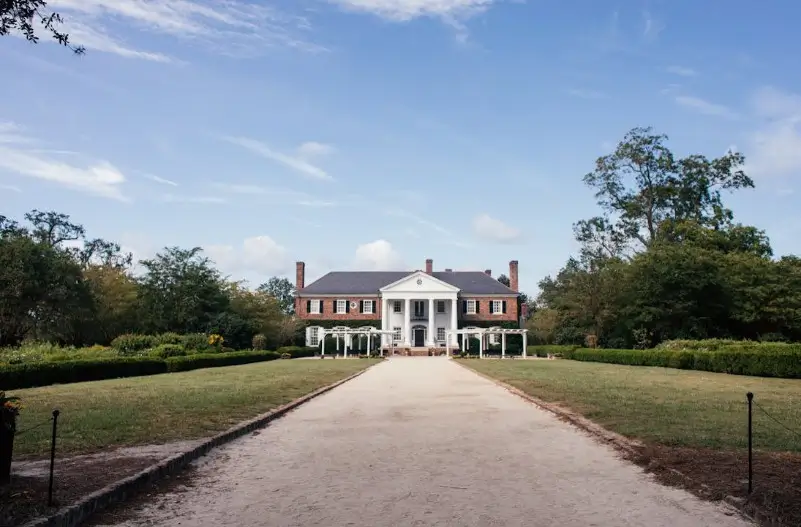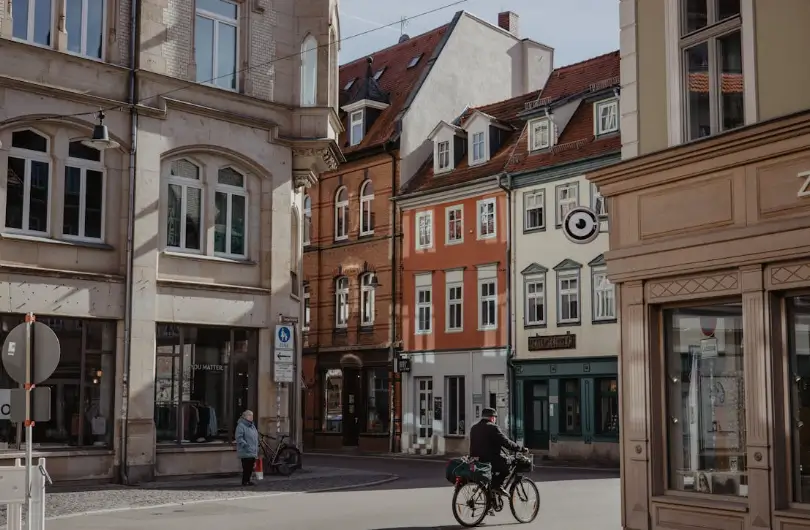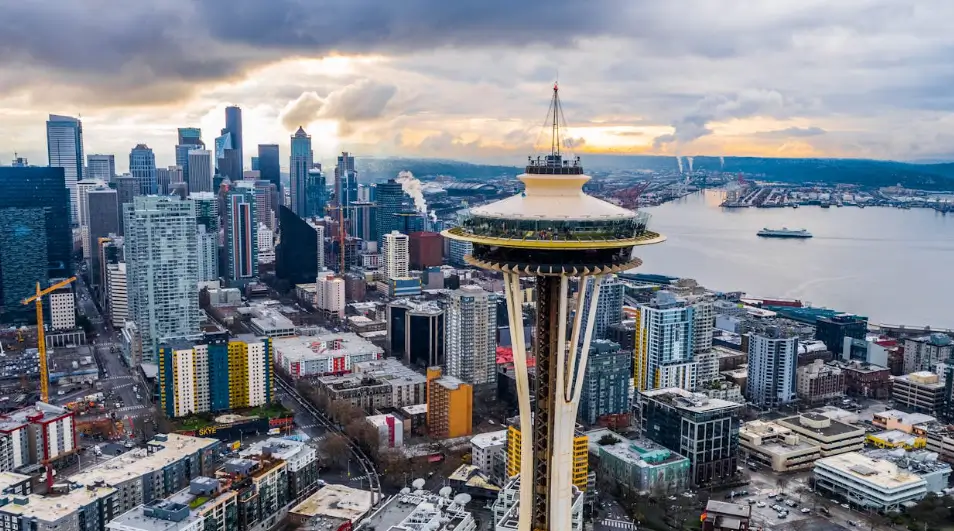The True Price of Large Homes: Pollution, Urban Sprawl, and More
When it comes to choosing a place to call home, many folks are drawn to the idea of sprawling estates with big yards and plenty of space. But have you ever stopped to consider the true price of these large homes? Beyond the hefty mortgage, there are hidden costs that impact not just your wallet but the community and environment as well. From increased infrastructure costs to the pollution comparison with more compact multifamily housing, the environmental impact of urban sprawl is no joke. So, whether you're a curious homebuyer or a policy maker pondering sustainable choices in the housing market, it's time to take a closer look at the broader implications of opting for a single-family dream home. For more information, you might find this report on the true cost of sprawl insightful.
The Hidden Costs of Large Homes
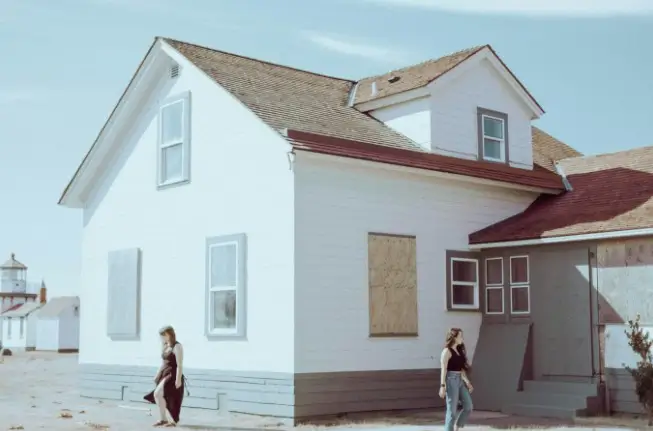
When we think about large homes, the image of luxury and space often comes to mind. Yet, these homes come with hidden expenses that are not always apparent. Beyond the financial burden, there are significant costs to communities and infrastructure. Understanding these broader implications can help urban planners, policymakers, and homebuyers make more informed decisions.
Community Costs and Infrastructure
Community costs linked to large homes are more than just financial. These homes require extensive infrastructure, from roads to utilities, that can strain local resources. Consider the burden on public services like fire and police departments, which need to cover greater distances. This often results in higher taxes to support these services.
Building new infrastructure for large homes means more roads and utilities. This leads to increased maintenance costs over time. As a result, local governments might face budget deficits, forcing them to cut back on essential services.
Infrastructure cost is not just about construction. It also involves long-term maintenance. For instance, a new road might be built to access a large housing development, but the costs of upkeep add up over the years. This can divert funds from other community projects.
In summary, large homes demand more from local governments. From increased infrastructure costs to the strain on public services, these homes have a broader impact than initially apparent.
Pollution Comparison: Large vs. Multifamily
The pollution comparison between large homes and multifamily housing reveals stark differences. Large homes often result in higher emissions due to increased energy use. More space means more energy to heat and cool, contributing to pollution.
Multifamily housing is typically more energy-efficient. Shared walls reduce energy needs, and urban settings often provide better public transit options, lowering individual carbon footprints.
Real-world examples show that cities with more multifamily housing often have lower overall emissions. This benefits not just the environment but also improves air quality for residents.
In conclusion, opting for multifamily housing over large homes can significantly reduce pollution. It's a crucial factor for homebuyers and urban planners aiming for sustainability.
Urban Sprawl and Sustainability
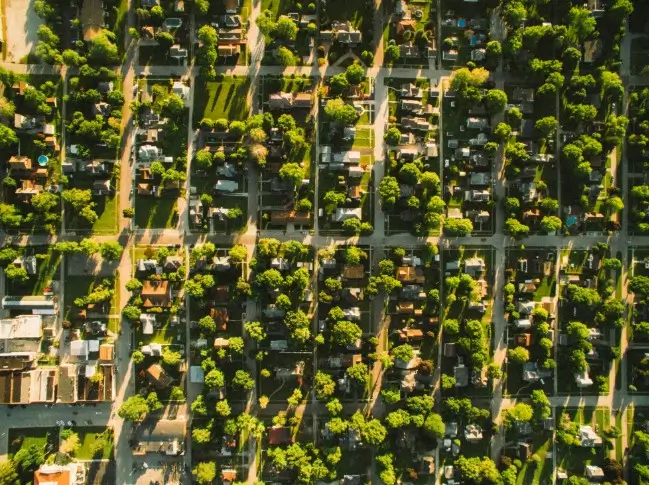
Urban sprawl is a growing concern, especially with the increasing demand for large homes. This sprawl has implications for sustainability, as it leads to land consumption and environmental degradation. Let's explore how this affects our communities and the planet.
Sprawling Nature of Large Homes
Urban sprawl often results from the desire for larger homes with bigger yards. This can lead to inefficient land use, as more space is consumed for residential purposes, leaving less for agriculture or natural habitats.
Sprawl often results in longer commutes. As people move further away from city centers, they rely more on cars, increasing traffic congestion and pollution. This affects not just the environment but also the quality of life for residents.
Real-world examples show that cities experiencing significant sprawl face increased challenges. For instance, more land is developed, but not always in a sustainable way, leading to higher infrastructure costs and environmental issues.
In summary, the sprawling nature of large homes can have detrimental effects on land use and sustainability. It underscores the need for smarter urban planning.
Environmental Impact and Real Estate Values
The environmental impact of urban sprawl extends to real estate values. As sprawl continues, natural resources become strained.
- Deforestation: As more land is cleared for development, natural habitats are destroyed.
- Water Resources: Increased demand for water can deplete local supplies.
Real estate values can be affected by these environmental changes. Homes in areas with severe sprawl may face declining values due to decreased desirability and increased community costs.
A case study from Planetizen highlights how sprawl can lead to lower property values over time.
By considering the environmental impact, we can better understand the long-term implications for both the housing market and community well-being.
Rethinking the Housing Market
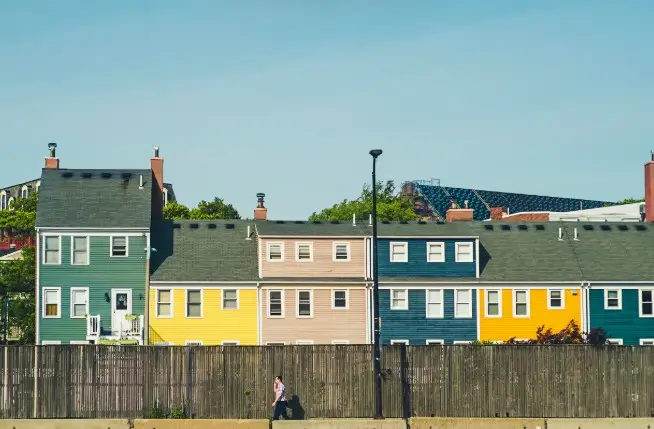
The current housing market often favors large homes, but this trend is unsustainable. By rethinking our approach, we can prioritize sustainability and growth.
Multifamily Housing as a Solution
Multifamily housing offers a viable solution to the challenges posed by large homes. These developments use land more efficiently and reduce infrastructure strain.
- Economies of Scale: Shared amenities and walls mean lower costs and energy use.
- Reduced Land Use: Multifamily housing takes up less space, preserving open areas.
- Lower Infrastructure Costs: Less need for extensive road networks and utilities.
Real-world examples from The Breakthrough show that cities investing in multifamily housing often see better economic and environmental outcomes.
For urban planners and policymakers, promoting multifamily housing can be a step toward a more sustainable future.
Balancing Sustainability and Growth
Balancing sustainability with growth requires a shift in how we approach housing development. Instead of sprawling large homes, we can focus on smarter growth strategies.
- Encourage Mixed-Use Developments: Combine residential, commercial, and recreational spaces.
- Promote Public Transit: Reduce reliance on cars by improving public transport options.
- Preserve Green Spaces: Ensure that development includes parks and natural areas.
A report from PMC suggests that sustainable growth is achievable through strategic planning and community involvement.
By focusing on multifamily housing and sustainable practices, we can create vibrant, livable communities for future generations.
%20(1200%20x%20237%20px)%20(300%20x%2059%20px).webp)
